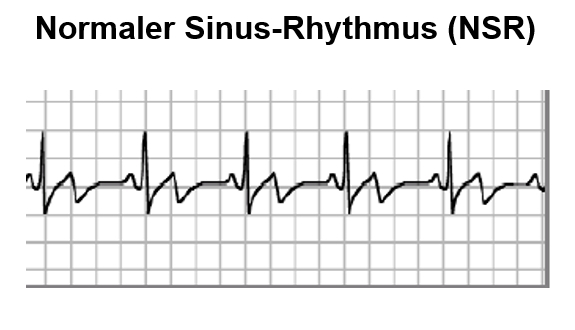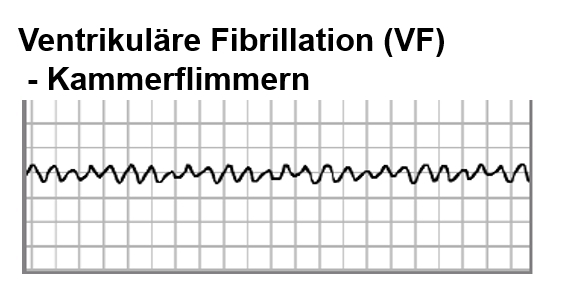Fighting sudden cardiac death - saving lives with a defibrillator

Sudden cardiac death (SCD) is one of the most common causes of death in Germany - and the most common outside of hospitals. According to estimates, more than 100,000 people succumb to it every year. That is 30 times more than are killed in road traffic accidents.
The cause is usually a persistent cardiac arrhythmia, such as ventricular fibrillation or ventricular tachycardia, which ultimately leads to cardiac arrest. The normally steady electrical impulses that keep the human heart beating in a regular rhythm become chaotic. The ventricles stop pumping and the circulation comes to a standstill.
Immediate cardiopulmonary resuscitation can save lives - but only in combination with the use of a defibrillator. Only then does the chance of survival increase from 5 % to up to 75 %. However, the purchase costs are quite high and the devices are therefore unfortunately still not widespread enough.
One way to avoid the direct purchase costs and still be prepared in an emergency is to hire models.
Cause of sudden cardiac death
The cause of sudden cardiac death (SCD) is usually a persistent cardiac arrhythmia (ventricular fibrillation or ventricular tachycardia), which ultimately leads to cardiac arrest.
The heart chambers stop pumping and blood circulation comes to a standstill, the pulse disappears, breathing stops, the affected person loses consciousness and the body's cells begin to die. Life-threatening cardiac arrhythmias occur most frequently in connection with coronary artery disease. However, they can also be the result of electrical accidents, drug abuse or simply the side effects of drug treatments.
Why defibrillation?
Contrary to what is repeatedly shown in films and series, a "defibrillator" is not used to get a heart that has stopped beating to pump. It is not restarted with a spark. Instead, the defibrillator resets the chaotically fibrillating heart into a "resting mode" like a shock. No more heartbeat, but also no more uncontrolled twitching. The conduction system is set to zero, there is no visible electrical activity (asystole). Only the so-called zero line can be seen on the ECG.
Only now is there a chance to restore regular, even cardiac activity by means of cardiac massage.
However, the longer the cardiac arrhythmia lasts, the less chance there is.
For every minute that no help is given, the probability of survival decreases by 10 per cent. Defibrillation is also the only effective treatment method for ventricular fibrillation and ventricular tachycardia).
Defibrillator mandatory for companies - What is the legal situation?
With the help of an AED, even laypersons are able to save people with cardiac arrhythmia. In companies, public institutions and schools, it can save lives in an emergency and is therefore worth its weight in gold. However, the legal basis for the use of defibrillators has not yet been precisely defined. For example, there is still no obligation to provide AEDs. However, more and more public buildings and office complexes are recognising the benefits and providing them on a voluntary basis.
Even if there is no clear legal regulation to date, professional associations, among others, are now also making a clear recommendation in favour of the life-saving devices. For example, the use of a defibrillator is clearly recommended for large construction sites with 100 or more employees. A company's risk assessment can also help with the decision in favour of an AED. Furthermore, factors such as the size and individual hazards within a company should also be taken into account.
Why the purchase of a defibrillator is worthwhile
Although the purchase costs of defibrillators are not exactly insignificant, they can save lives in an emergency, which in turn makes them invaluable. Although neither businesses nor public institutions are currently legally obliged to equip themselves with defibrillators, their use is strongly recommended - especially for larger businesses. The follow-up costs after purchase are also relatively low. In order to keep the device ready for use at all times, it is generally not necessary to invest a lot of effort and money.
We offer various top-quality defibrillators for sale in our range. Alternatively, we also offer the option of conveniently renting defibrillators. Find out more in our online shop today!


